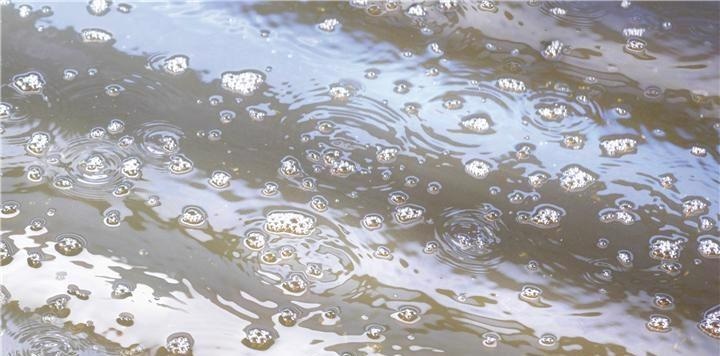Water sustainability is an urgent issue that needs to be addressed on a global scale as it stems from a multitude of critical factors. Environmental change, poor management of resources and rapid population growth have had a significant impact on the quality of human life and water availability in countries across the world.

Image Credit: ABB Measurement & Analytics
It was announced in 2014 that 80% of water managers in the US anticipate a shortage of water in their respective states under normal conditions. Almost half anticipate regional water shortages within the next ten years.1
One of the potential solutions is believed to be advanced metering technology when it comes to tackling the problem of water waste. Flow meters, for instance, can be incorporated at every stage of the water cycle to enhance the efficiency and sustainability of sourcing, distribution and treatment of water.
Flow Meters for Sustainability
Currently, the challenges that arise in relation to water availability and sustainability are generally attributed to a huge increase in demand. However, the Environmental Protection Agency (EPA) claims that annually more than one trillion gallons of water are wasted as a result of household leaks.2
It is not uncommon for drinking water distribution networks to experience losses greater than 50%.
There is no single figure that can account for exactly how much water is wasted through water treatment or industrial applications, but developed countries generally use over 50% of their water for industrial uses.
Wastewater treatment plants and facilities that work with large volumes of water for mechanical processing are presented with significant responsibilities. Flow meters are routinely used for the reliable and precise observation of the volumes of water passing through a system, offering quantifiable data for system diagnostics, including leak detection.
Flow meters work by applying one of many measuring principles to detect the volumetric, linear or mass flow rate of water through piping. The main categories of flow meters include:
- Coriolis mass flow meters, which measure linear mass flow as a function of the twisting effect produced by water flowing through a tube;
- Electromagnetic flow meters, which measure the volume of flowing water relative to Faraday’s Law of Induction;
- Multiphase flow meters measure the flow of singular constituent phases in heterogeneous channels.
Each of these can be applied to track the flow of liquids passing through a process system or distribution network to track the performance of systems in pumping stations, water treatment plant inlets, aeration and digestion tanks and many more.
Electromagnetic flow meters are amongst the most advanced leading technologies for enhancing the sustainability of water and wastewater treatment. The WaterMaster series of electromagnetic flow meters from ABB offers unparalleled versatility for monitoring the flow of conductive fluids such as water through intricate and sophisticated processing components.
They can be used across a range of water treatment processes, such as desalination and coagulation.
The monitoring of these procedures can be conducted with high degrees of accuracy due to the component’s digital signal processing (DSP), which has been developed to limit background noise to suitable levels for unrivaled accuracy in the detection of flow and flow rates.
WaterMaster flow meters provide comprehensive diagnostics to aid rapid decision-making in a range of application areas. They can help facilitate preventative maintenance, predictive strategies for water usage, and leak detection through the comparison of real-time measurements to nominal data.
Flow Meters from ABB
ABB has committed to ushering in a more balanced and sustainable world of water. Offering an extensive catalog of flow meters for water treatment applications, ABB has three primary WaterMaster products. Learn more and contact ABB today.
References
- https://www.gao.gov/products/GAO-14-430
- https://19january2017snapshot.epa.gov/www3/watersense/pubs/fixleak.html

This information has been sourced, reviewed and adapted from materials provided by ABB Measurement & Analytics.
For more information on this source, please visit ABB Measurement & Analytics.